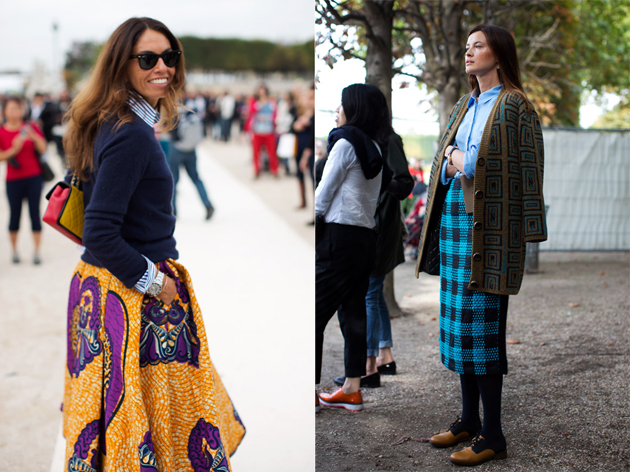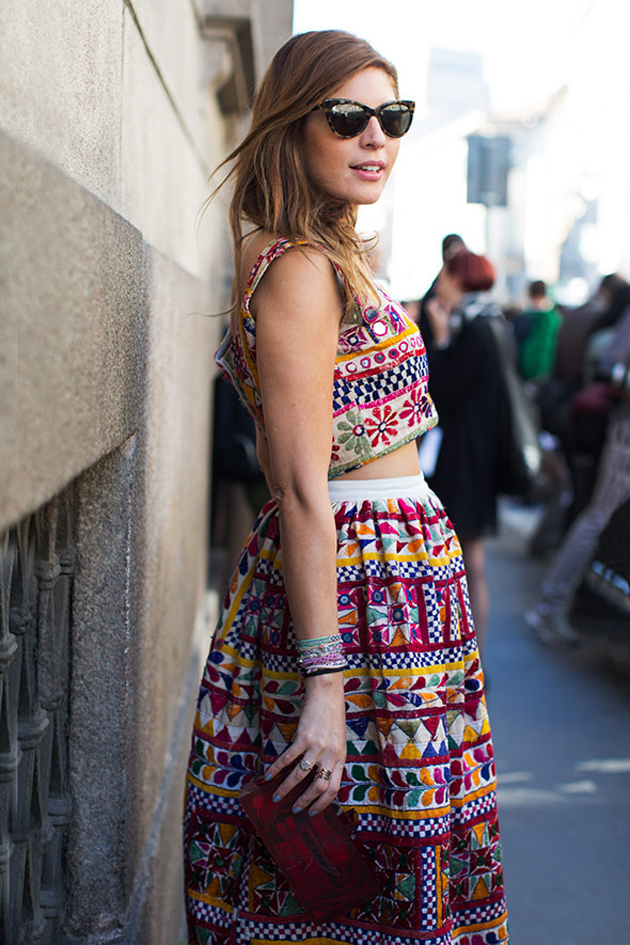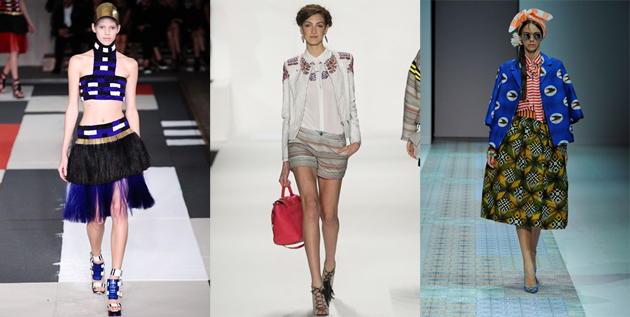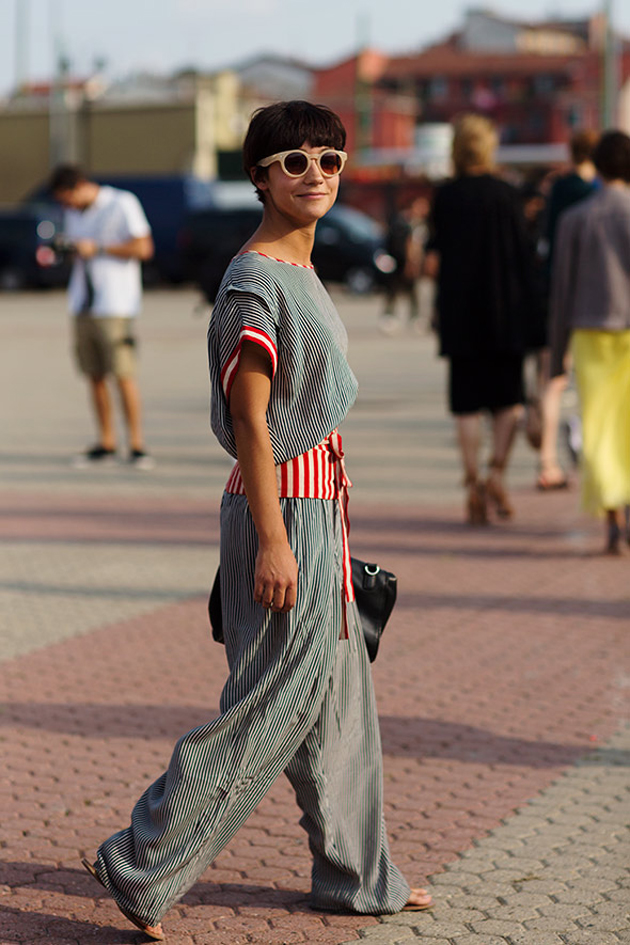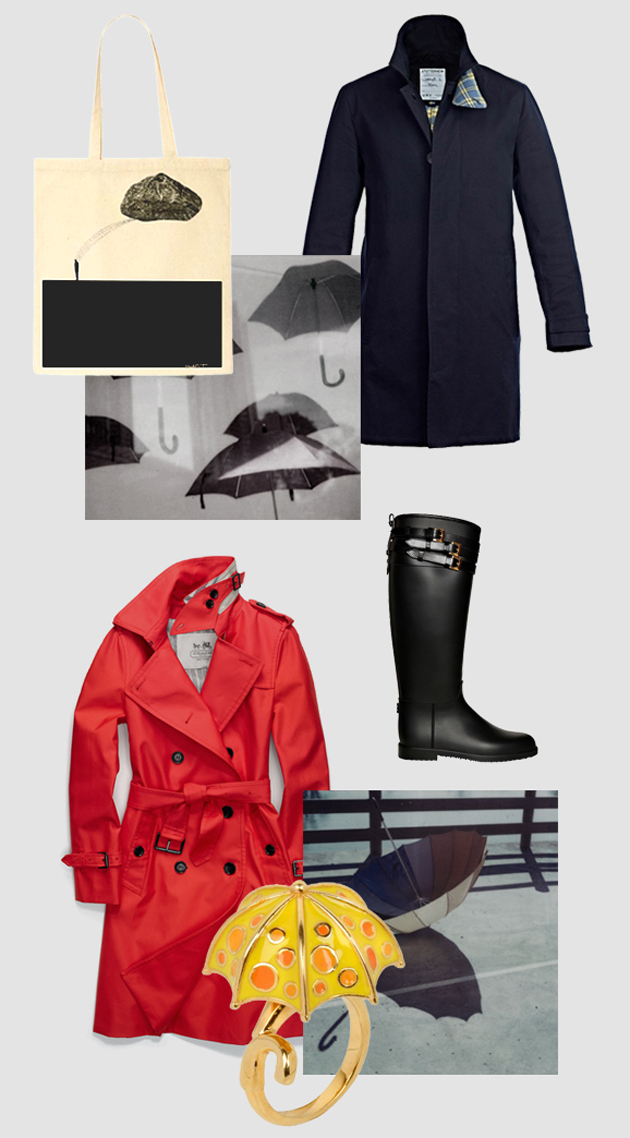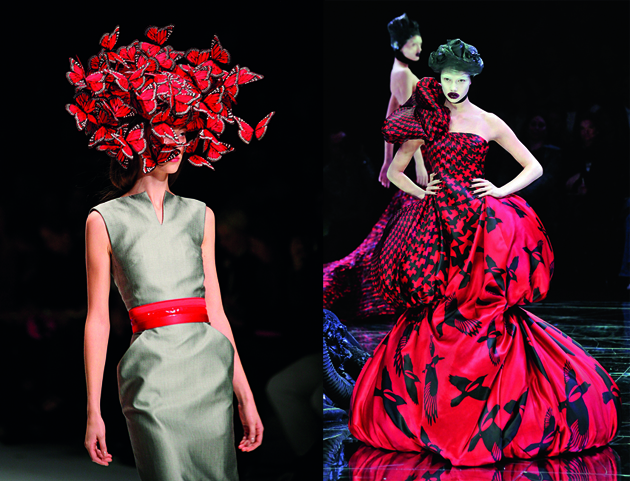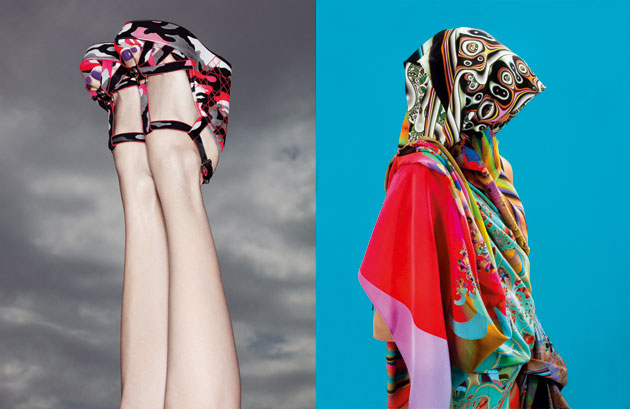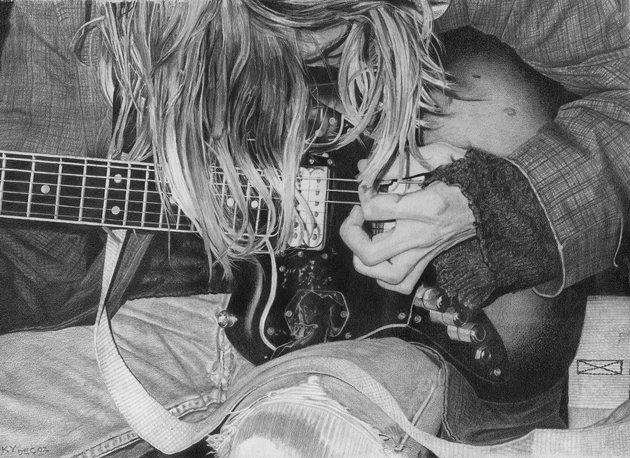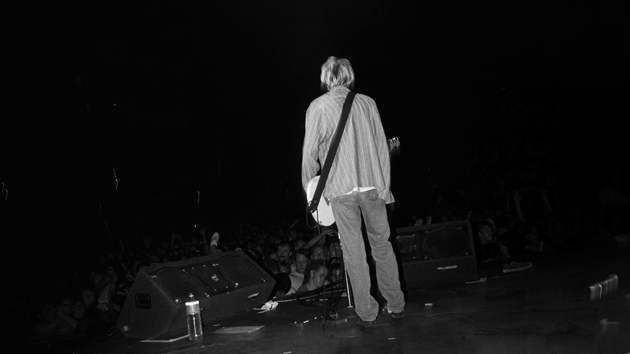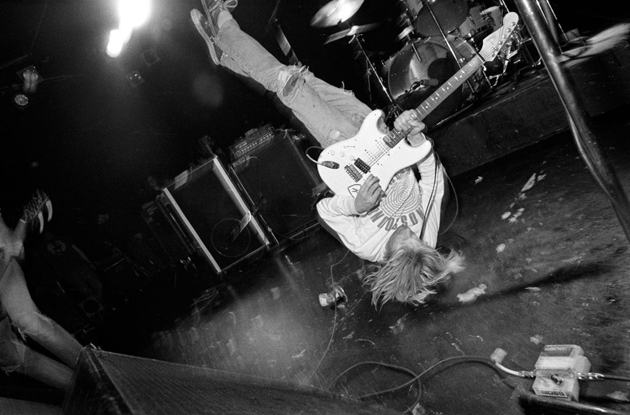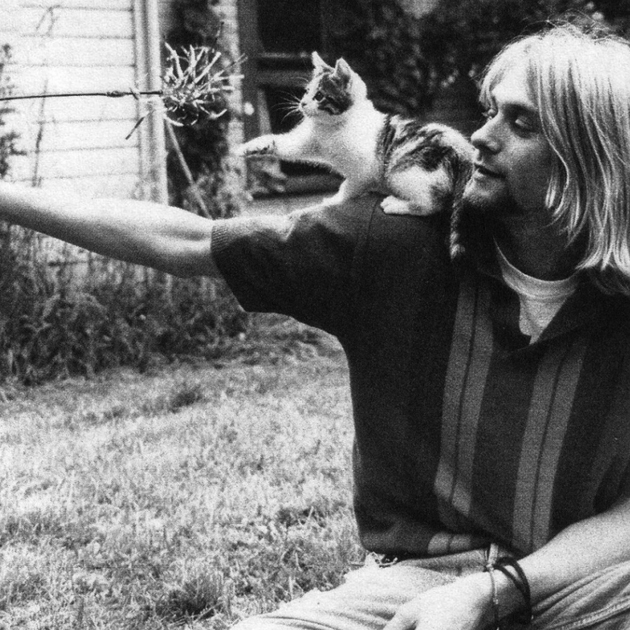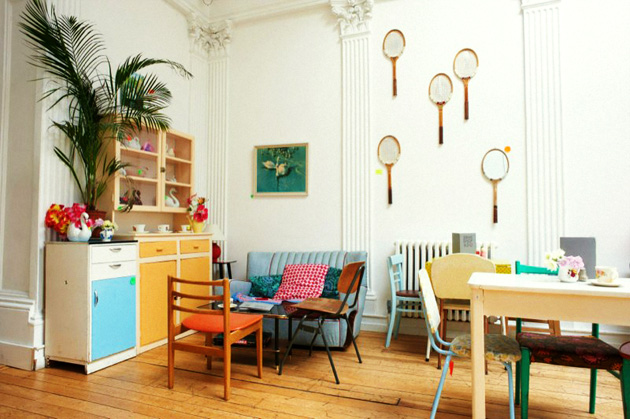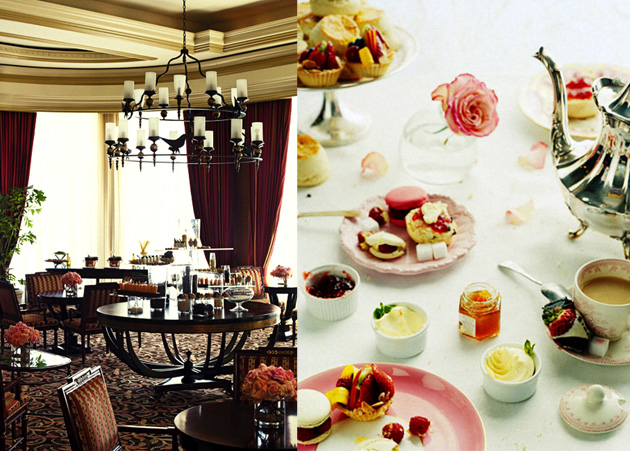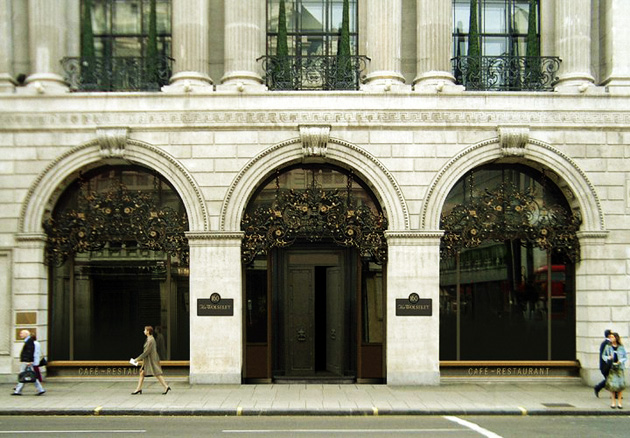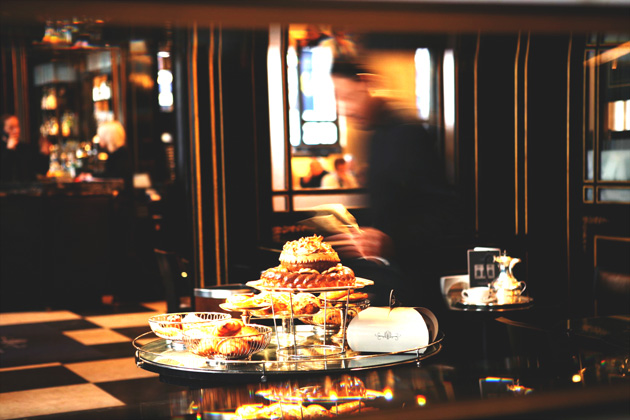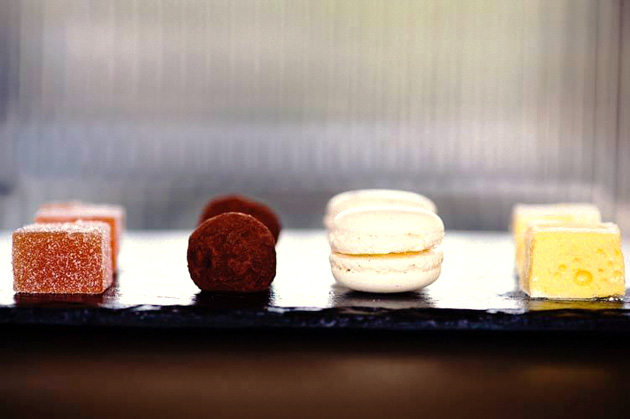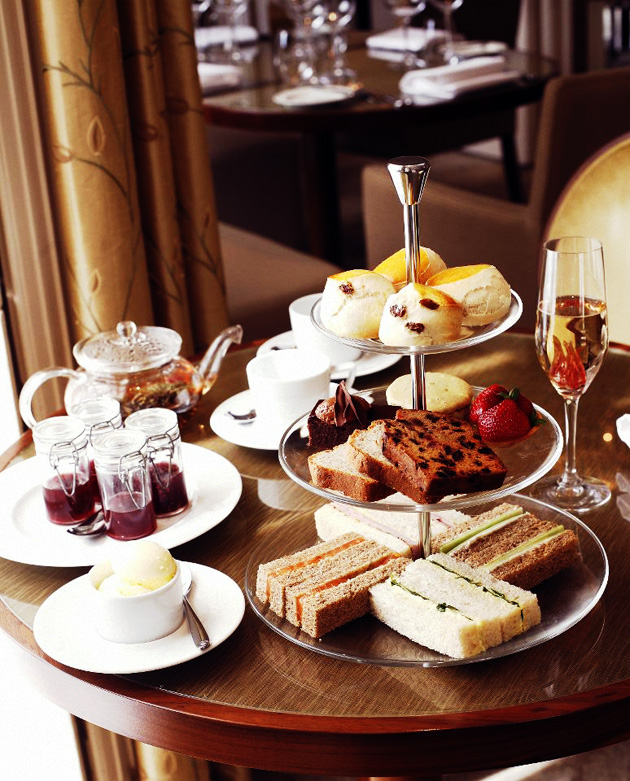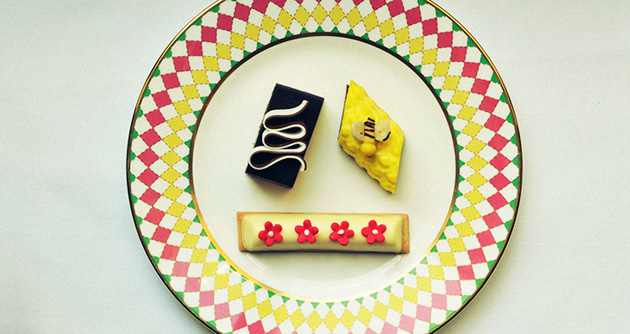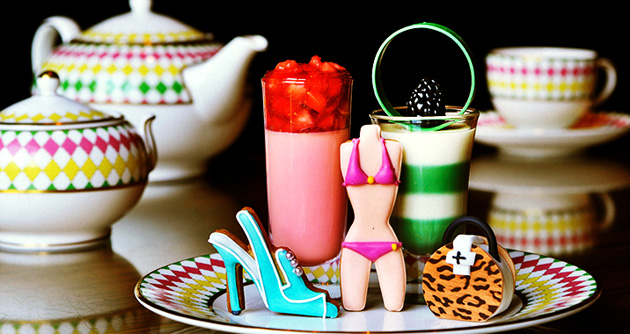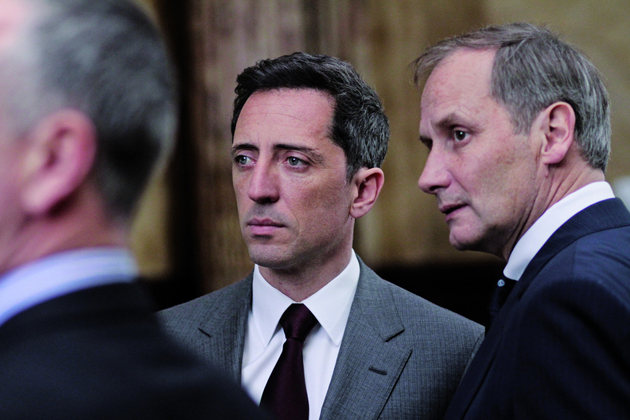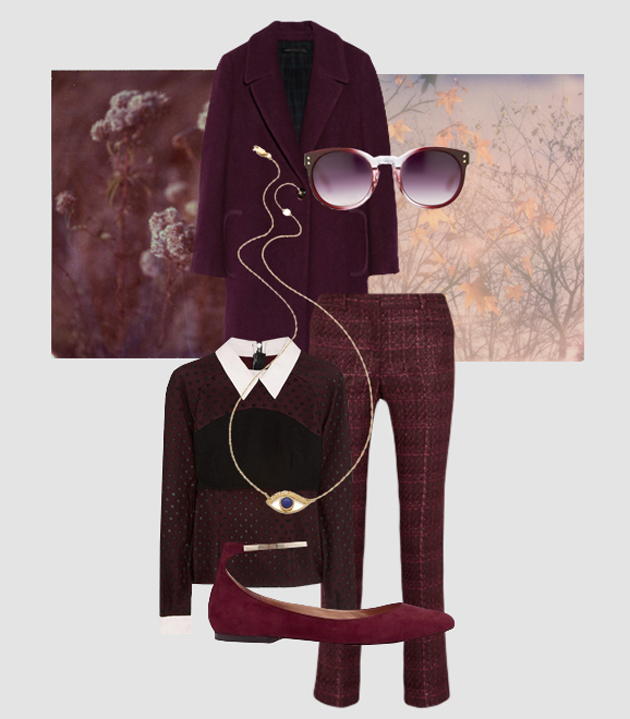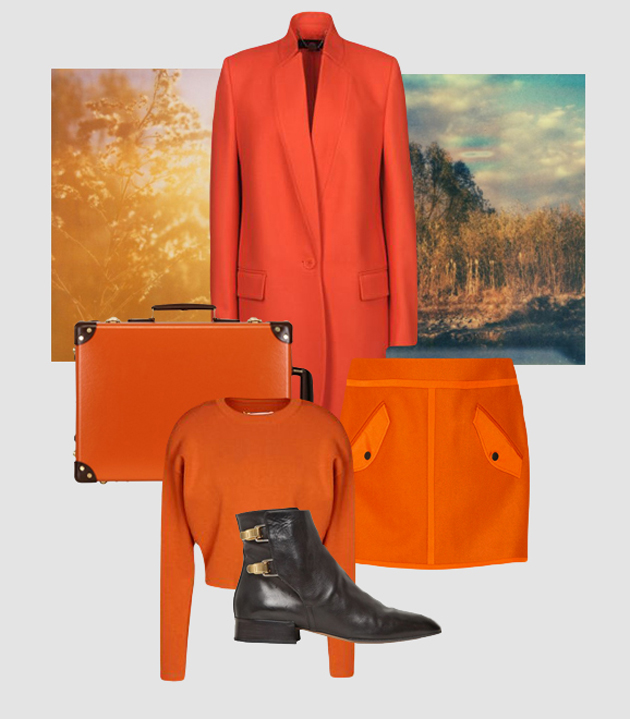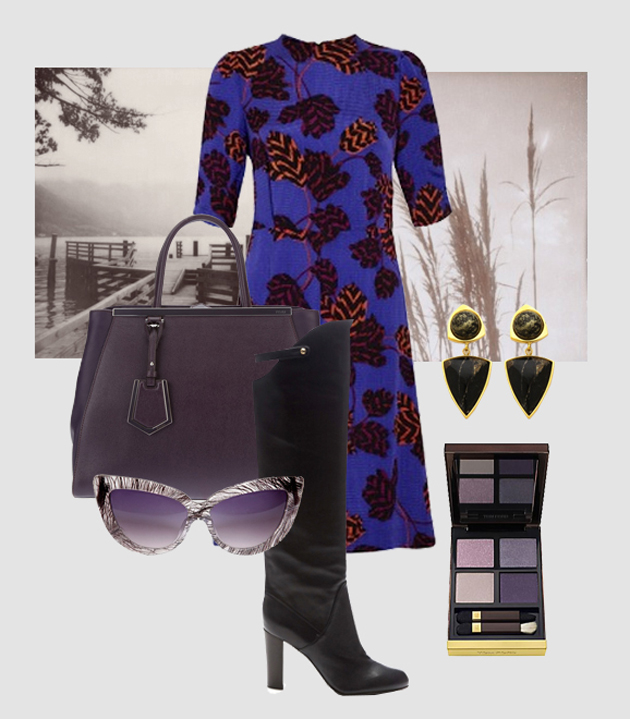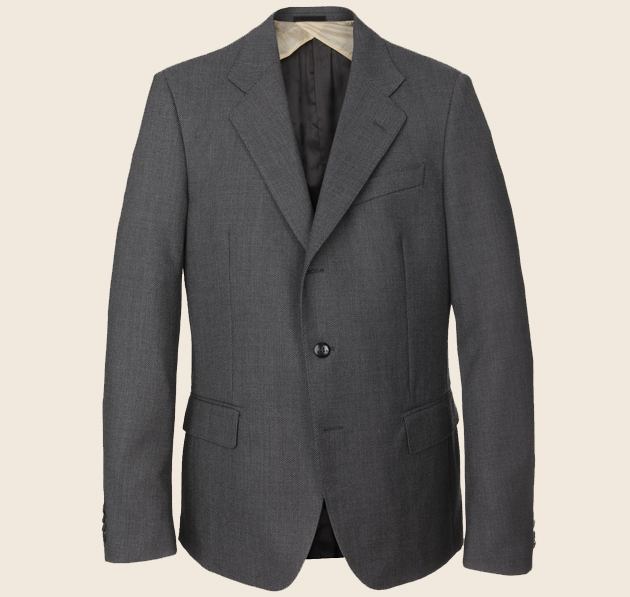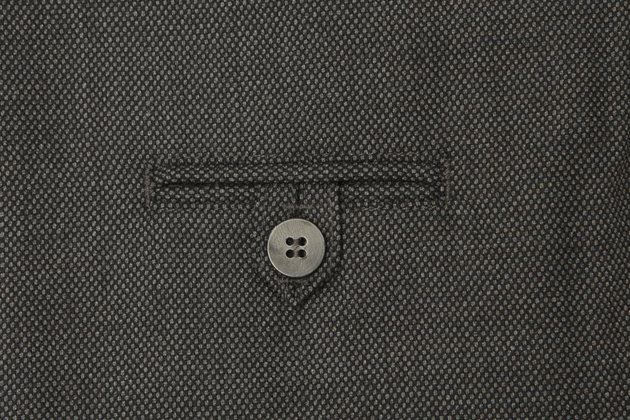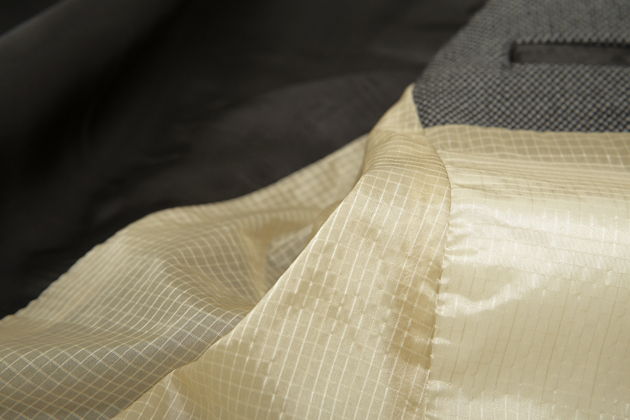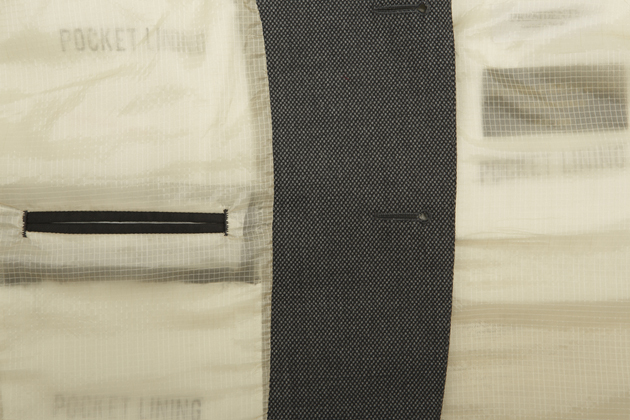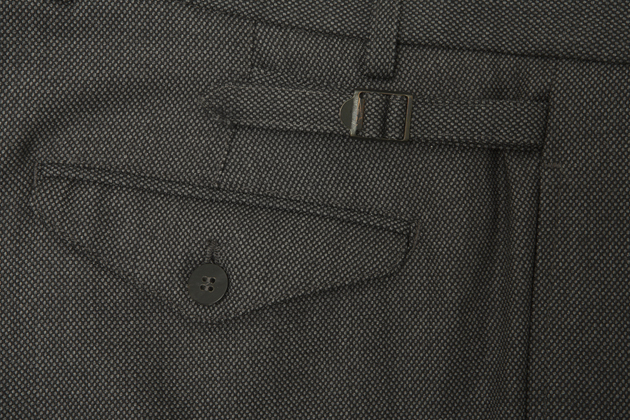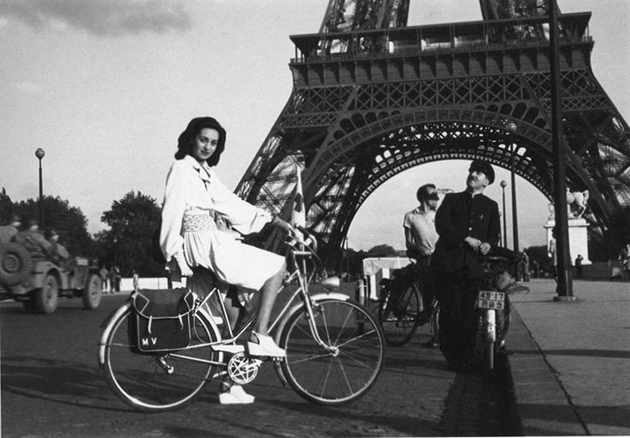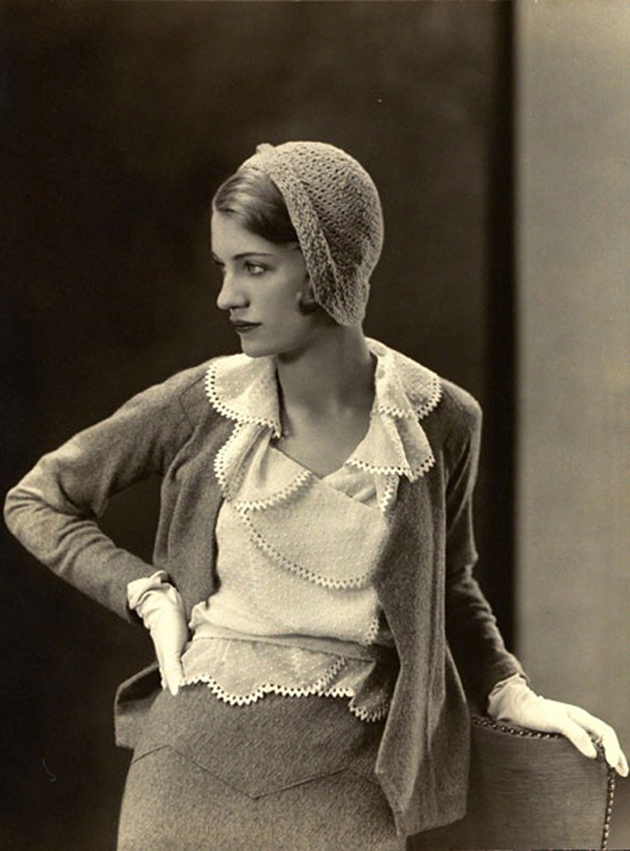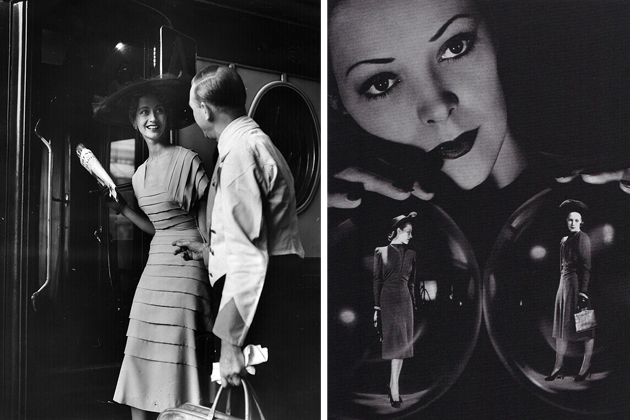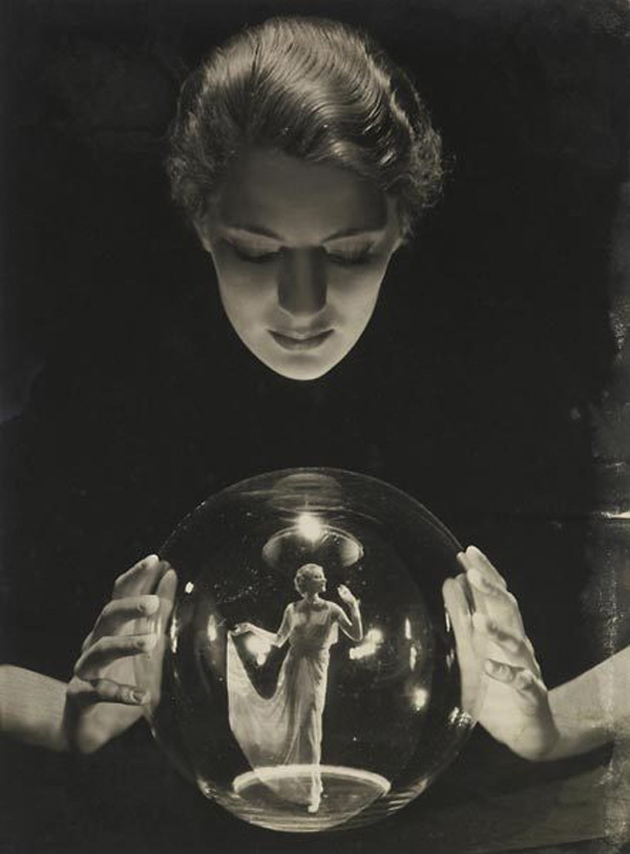Good design is always a matter of innovation. However, its drive can change according to situations: sometimes it’s related to a product enhancement, sometimes to an unexpected imaginary suggested by a new form of styling, in other cases to a new perspective on interaction. In the latest Scholten & Baijing’s installation at Victoria & Albert Museum presented during London Design Week 2013, we have definitively found the sparks of an innovative work. Its title, “The Dinner Party”, perfectly reflects the intents of the two Dutch designers: injecting contemporary glamour to a traditional banquet, wonderfully set among the V&A empire boiserie (originally the Norfolk House’s Music Hall) by way of a mix and match of fluorescent colors and glossy food design.
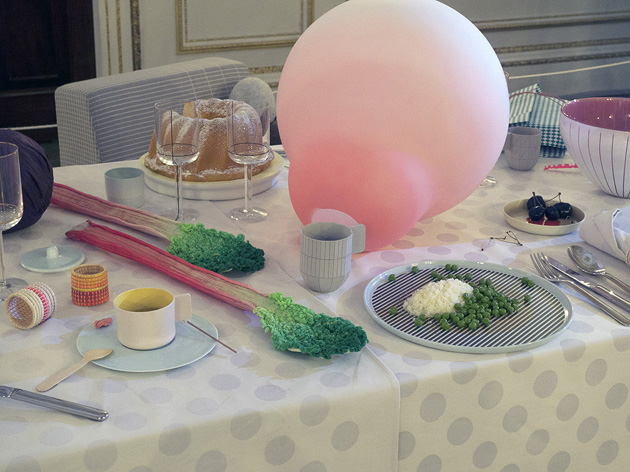
Far from having run out their charm – and that’s still the main credit of the overall work -, tableware, seats and accessories had not been chosen according to any product innovation requirement. All the items, like “Color Platters”, “Color Stool” and “Color Wood” for the Japanese brand Karimeku New Standard, the “Color Glass Collection” for Hay and “Tea with George” for George Jensen, come from the designers’ portfolio and have already been previewed in recent Design Weeks.
On the contrary, the performative nature of the setting up was meant to engage through an inedited approach. Neither detached or contemplative, as it happens in all those design museums or festivals were pieces are staged through cases and platforms, “The Dinner Party” has proposed a scenario-related fruition of objects in use: cutlery on the plate, food had already been tasted, chairs distanced from the table… Thus, the suspension of timing, the identification of a specific context, and the absence of real users were supposed to provoke identification and generate an experience.
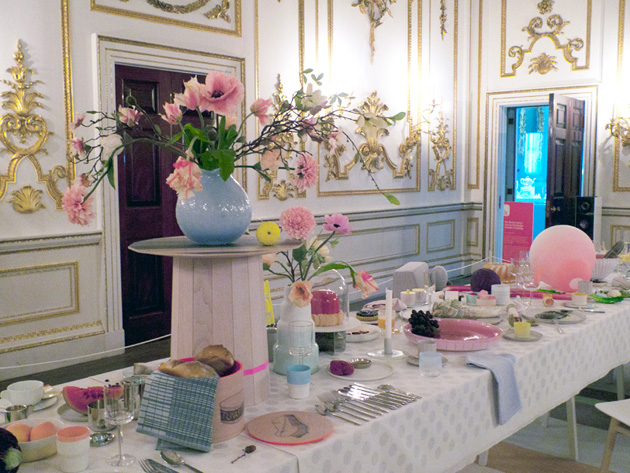
Nevertheless, the lack of a real immersive process didn’t shorten the distance between the stage and the public, and left people on the edge: a rope, in fact, marked the insurmountable limit of visitors’ movements in the room, and the make-believe assumption didn’t really mark the difference from the contemplative vision that museums generally impose to their visitors. It’s a pity, therefore, that the V&A policy rules prevented Scholten & Baijings from using real food as they had wished: in this case, in fact, synesthetic short circuits between vision and smell would have encouraged surprise and emotional participation.
Inaugurated in the same days as a multi-site installation across V&A halls, “God is in Details” succeeded to achieve what Scholten & Baijings has fallen to reach. Thanks to special Swarowski lens – the Swiss brand was the official supporter – this introspective project allowed the public to come really close to few pieces of the museum collection and observe in details the unforeseen perfection of these handmade chef d’oeuvre. Thus, engagement has been obtained not only through a magnified vision, but also thanks to the chance to overstepping the proximity boundary that culturally exists among museum collections and theirs visitors.
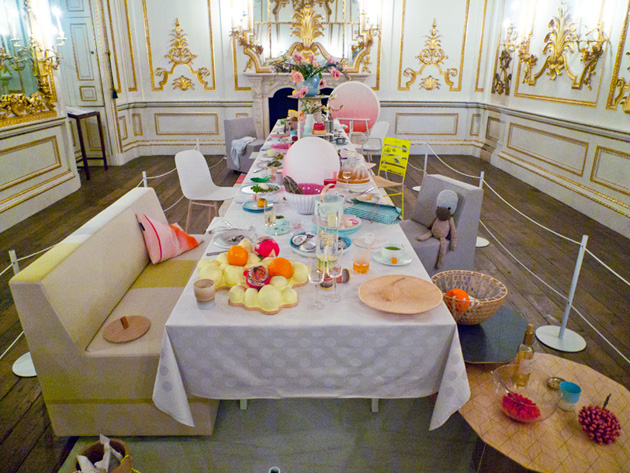
Giulia Zappa – Photos Giona Messina
